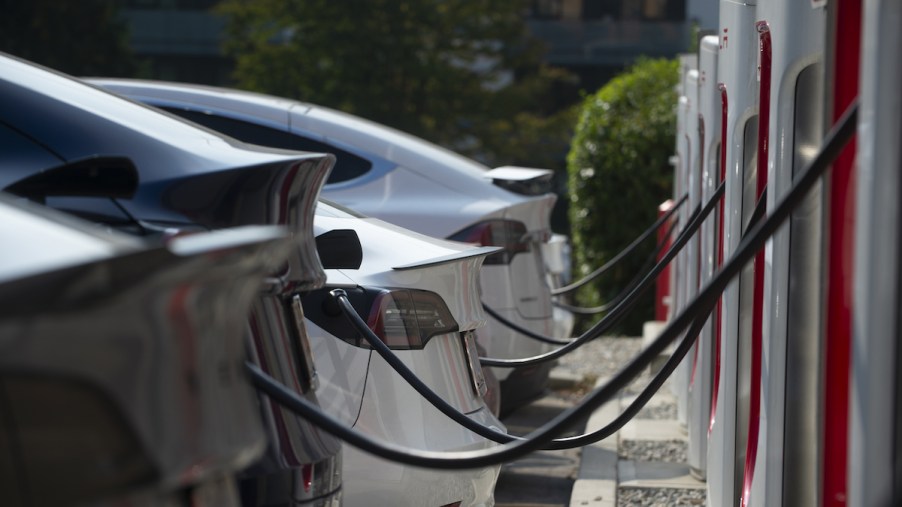
Can You Charge at EV Charging Stations in 5 Minutes? Maybe NASA Has the Answer
What’s the greatest challenge faced at charging stations around the country? If you answered charging times, you’re partially correct. Current EVs aren’t as suitable for road trips as traditional internal combustion engines. This results from long charging times and short driving range on the road. NASA might have the answer to your car charging troubles.
How can NASA make electric car charging at an EV charging station faster?
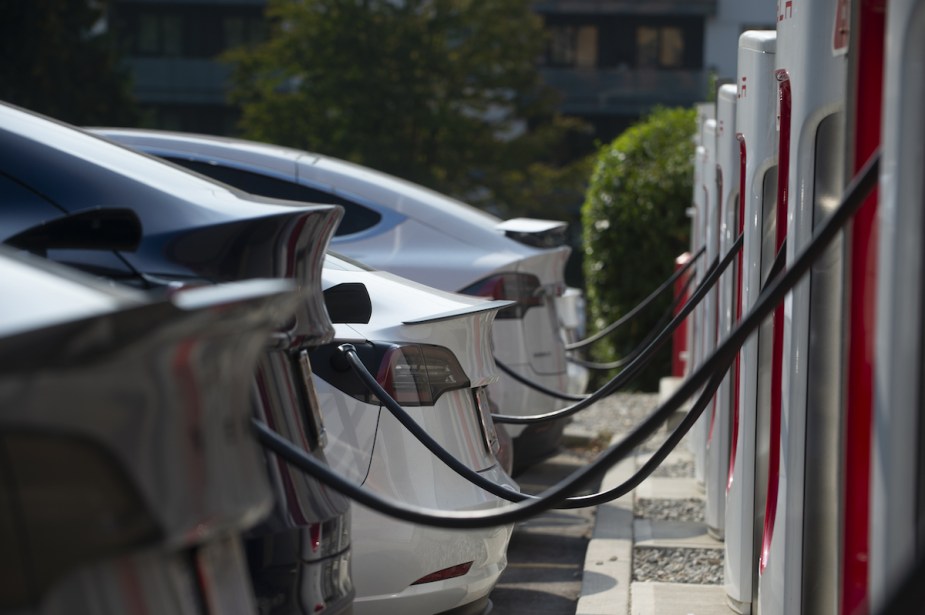
When electricity is involved, heat becomes a serious challenge. If there’s too much flow of electricity from the charging station to the electric car, the station could burst into flames. This heat problem faces the auto industry and the move toward EVs, but a recent NASA Science blog post might have the answers.
Temperature regulation is a challenge faced in space
NASA scientists need to create systems that maintain proper temperatures in space. This means offering both heating and cooling technology as necessary. Some of the current technology developed for temperature regulation in space could apply to electric cars and offer faster charging times at charging stations around the country.
What are the current charging times for electric cars?
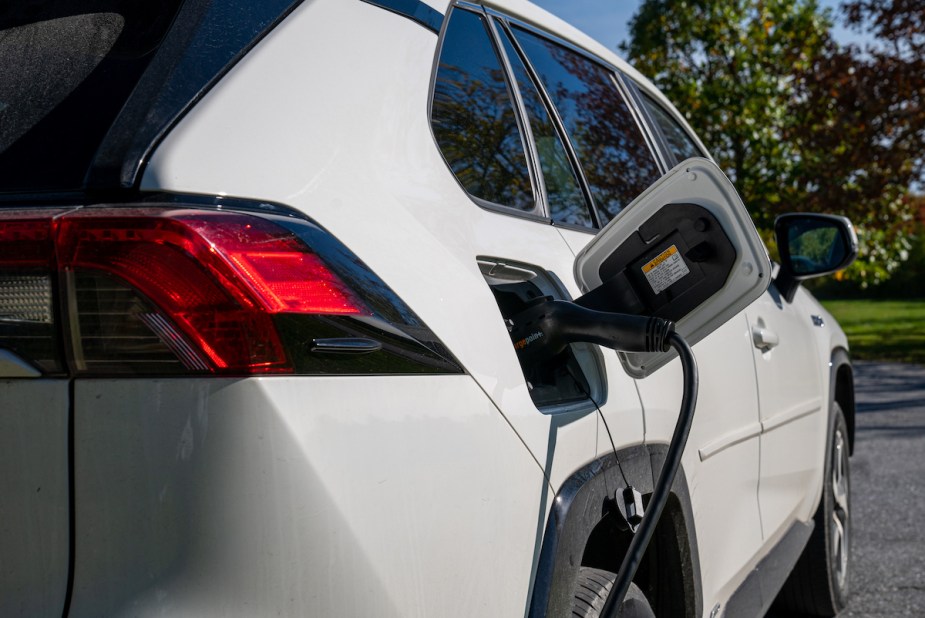
Most EVs can charge from 10 to 80 percent at public charging stations in a matter of minutes. The fastest is close to 20 minutes, and the slower charging times reach nearly 40 minutes. Unfortunately, this 80 percent limit at a public charger means a vehicle rated to drive 300 miles can only drive for 240 miles when finished at the public charger.
Consumers who desire their EVs to charge to 100 percent must do so at home, which takes overnight to complete. While this is acceptable to most drivers, EV charging stations must provide faster and more complete charges.
How can NASA solve the slow charging problem faced at public EV chargers?
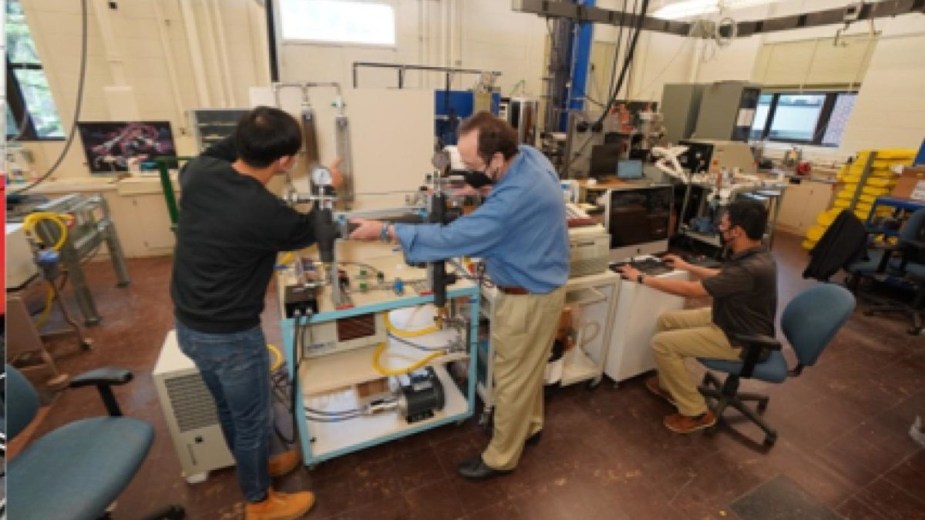
The simple answer is to cool the system to ensure it doesn’t overheat. Let’s expand on this a little without getting too technical. The industry goal of EV charging is to provide charging that can refuel an EV in five minutes. To make this happen, public charging stations must provide 1,400 amps of current.
Currently, most fast chargers only provide 520 amps, while at-home chargers provide less than 150 amps. This is why it takes so long to charge your EV at home. In order to ramp up the charger to 1,400 amps, a specialized cooling system is required. This increase in power generates significantly more heat than the lower power levels.
NASA has developed a cooling system to pump non-electrically conducting liquid coolant through the charging cables to capture the excess heat from the charging process. This cooling could allow fast chargers to deliver up to 2,400 amps safely. This is nearly five times the current level and more than the 1,400 amps necessary to charge an EV in five minutes.
Should we use the transitive argument for future EV driving?
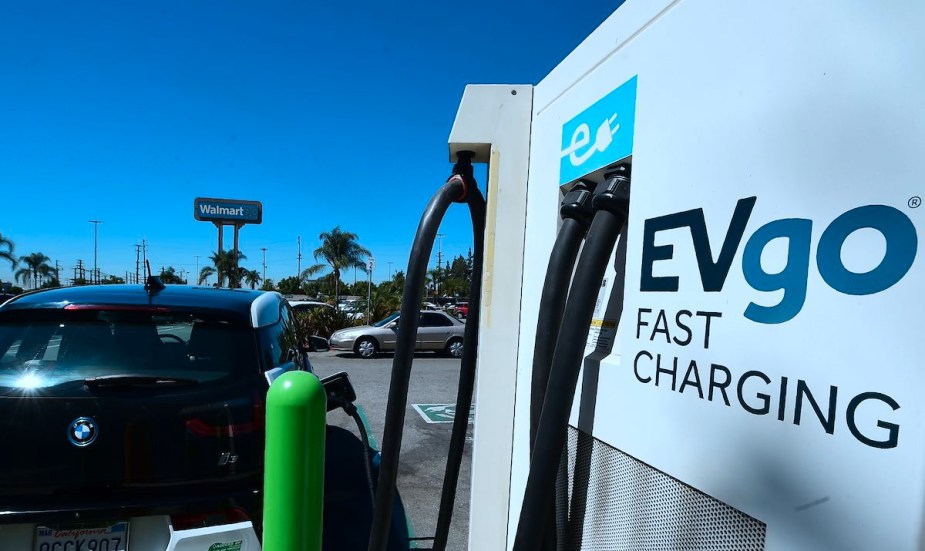
Most of us have either had conversations regarding or read about the drawbacks to EVs, which all involve charging times and driving ranges. Some EVs now have driving ranges similar to traditional gas and diesel vehicles, but charging times are still too long. If the NASA solution is applied to charging stations and at-home chargers, would more consumers select EVs? Based on the discussions around this subject, we can safely say, “yes, they would.”
Next, check out how dealers can create a smooth transition to electric cars, or watch this EV charging video below:



